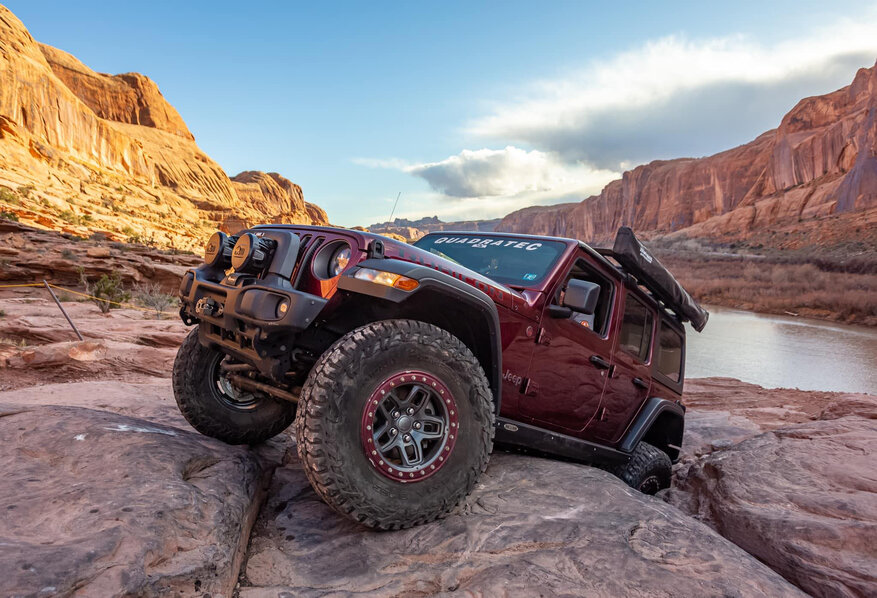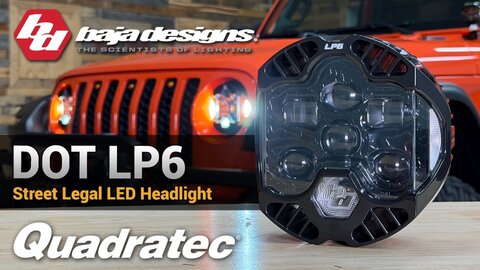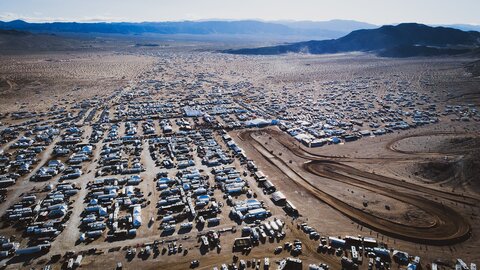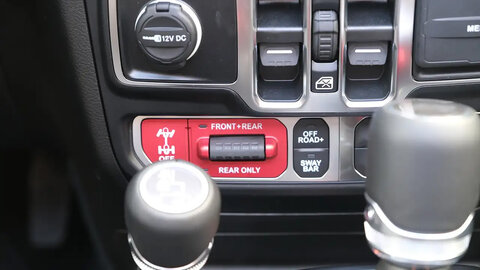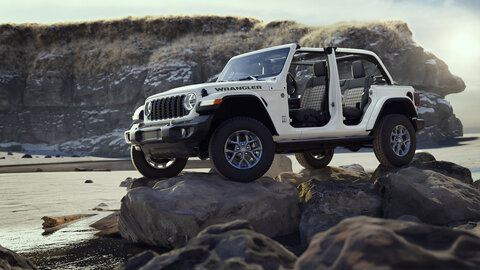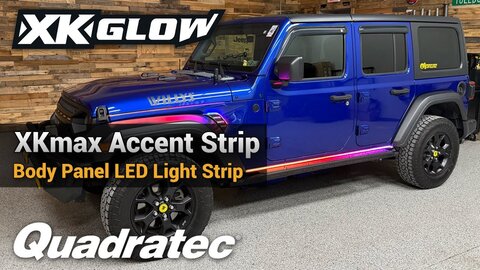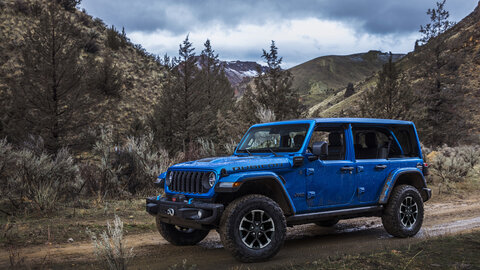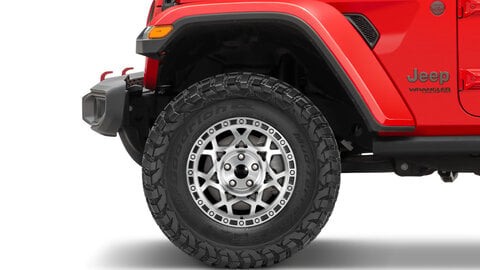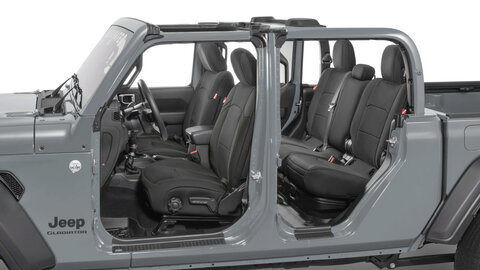by Matt Konkle
Managing Editor
Maximizing performance. That’s what everyone seeks to do when modifying their Jeeps, right?
Sure, adding some new bumpers, a winch, lights, sidebars, etc., certainly builds up the vehicle’s aesthetic appearance, but putting these things on your Jeep actually helps maximize its performance and protection.
The same can also be said for new Jeep tires. Just like a good pair of hiking boots can enhance a trek through the woods, a larger and more aggressive set of tires will amplify a Jeep’s ability on the road or trail.
At one point in history, 30-inch tires were the norm back in the YJ and early TJ days. Then the whole thing jumped to 33-inch tires later in the TJ era as axles got stronger. Soon after, 35-inch rubber became the must-have size on JK and JL models — especially on the longer wheelbase four-door versions.
These days, it seems like 37-inch tires are where the market is going when you look at most Jeep Wrangler and Gladiator vehicles modified for off-roading or simply set up to look more aggressive.
This tire size seems to hit the perfect balance between trail and pavement performance, and provides increased ground clearance, while allowing easier navigation of rough terrain, rocks and deep ruts. Additionally, these larger tires can enhance your Jeep's ability in various tough conditions like mud, snow and sand.
However, that doesn’t mean you should just remove your stock tires and slap on new 37-inch rubber. There are actually many key factors to consider before making this change.
So, if you have plans to upgrade your Jeep’s tires to a 37-inch version, here are some important things to know.
Understanding What You Have
From CJ all the way to current JL and JT models, the stock tire sizes vary quite a bit. Additionally, if you bought the vehicle used, those tires probably have been changed and may already be larger than stock size.
So, the best thing to do is find out what size is currently on the vehicle. You can easily determine the size by reading the numbers on the tire’s sidewall. Then use our chart here to get that exact size.
Chances are, most out there will fall into the 28- to 33-inch range, as those were the stock tire sizes on most older Jeeps. Even today, depending on the trim level, a 33-inch tire is common for the stock size. Only the Xtreme tire package on late-model Wranglers came with 35-inch stock tires right from the factory.
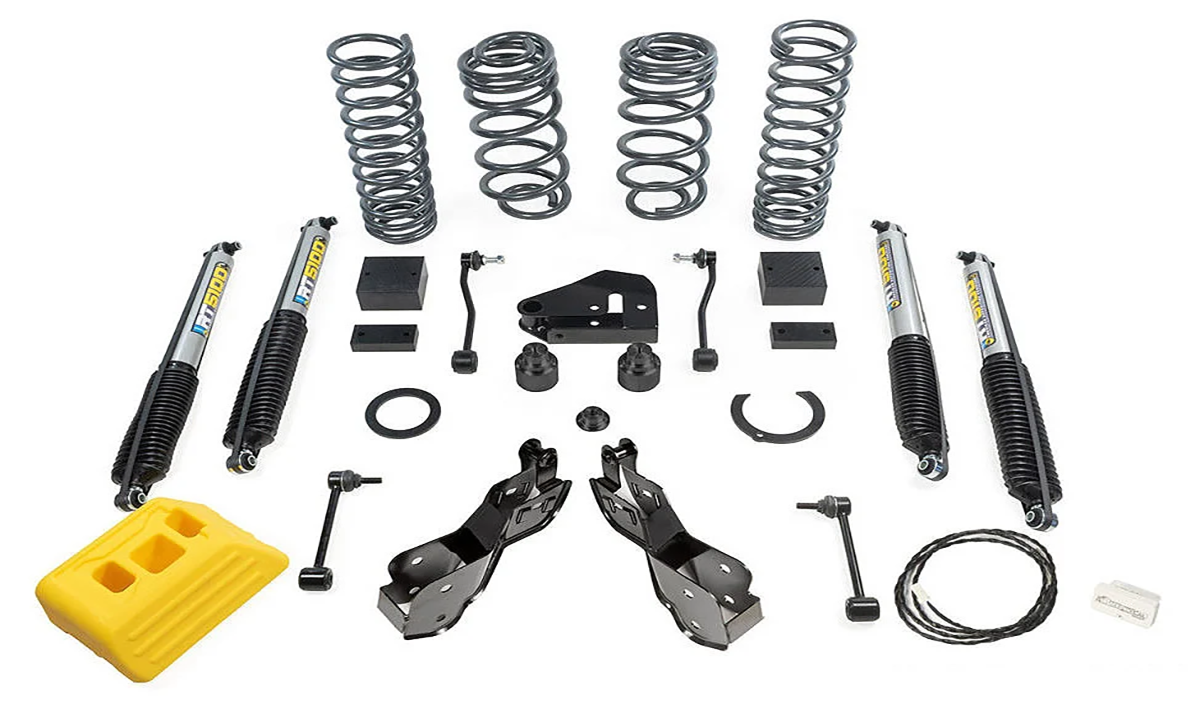
Lift Kits
For many, installing a lift kit is the first (and usually most important) addition before mounting new tires. That could mean a body lift for those not planning to do any off-roading, but a true suspension lift is typically the best route. And we say ‘for most’ because those with a Wrangler JL or Gladiator JT, and high clearance fender flares, can add 37-inch tires without doing anything to the Jeep. However, it is not recommended because of steering and wheel travel limitations.
For those with TJ or older model Jeeps, a 4- to 6-inch lift will provide adequate clearance for 37” tires. Those vehicles were really designed for 28 to 30-inch tires from the factory, so the additional clearance will prevent rubbing against the fenders and allow for proper tire articulation when off-roading. In the process of adding that size lift, your vehicle’s brake lines will probably need to be extended as well to ensure proper performance. Plus, with that size lift, the Jeep’s driveshaft may need to be replaced by a longer model.
Wrangler JK, JL and Gladiator JT owners should look for at least a 2.5-inch kit to safely accommodate those 37” tires. This size kit will not require any brake line modification, but those with Sport, Willys and Sahara trim levels may want to purchase higher clearance flares for maximum performance.
Most suspension lift kits also include beefier front-end components like adjustable control arms, track bar, sway bar links, pitman arm and tie rod. If not, it is highly recommended to swap out to aftermarket versions for that added strength — especially in older models.

Axle Upgrades
Larger tires do exert more stress on your Jeep's axles. And stock axles on most older-model Wranglers aren't designed to handle the added weight and stress of 37-inch tires, especially during intense off-roading.
So, while you can technically install those larger tires to a stock Dana 30 front and Dana 35 rear, upgrading to beefier Dana 44 axles will provide the necessary durability and strength to support new, larger tires. Some TJ Wrangler vehicles did have a Dana 44 rear upgrade option, while all Rubicon editions came stock with that axle in the front and rear.
For JK owners, non-Rubicon editions carried a Dana 30 front and 44 rear axle. A few early JK (2007) two-door vehicles did have a Dana 35 rear axle, but everything swapped to a Dana 44 rear axle starting in 2008. All Rubicon models had Dana 44 axles on the front and rear.
Wrangler JL and Gladiator JT vehicles carry Dana’s next-generation AdvanTEK axles, stronger versions of the traditional 30/35 set up. Additionally, JL and JT Rubicon editions features Dana 44 front and back axles.
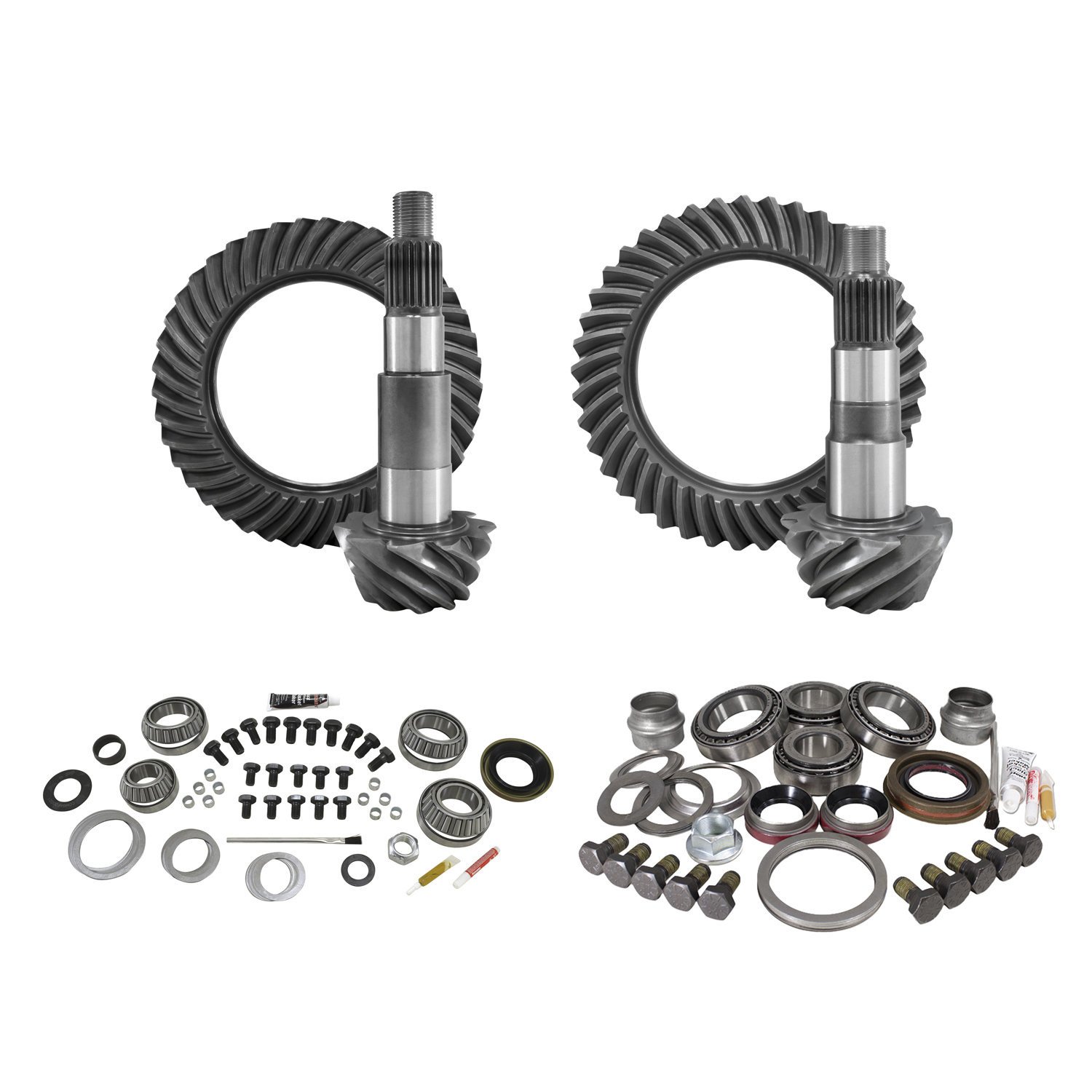
Gear Ratio Adjustments
When you increase your Jeep’s tire size, you also increase the force it takes to spin those tires, which can negatively impact performance and fuel efficiency. So, to compensate, many people upgrade the vehicle’s gear ratio. This helps the engine regain the power needed to turn those larger tires efficiently while reducing strain on drivetrain components and increasing overall vehicle performance.
For 37-inch tires, a common gear ratio upgrade is 4.88 or 5.13 gears. Older vehicles, or ones sporting an underpowered engine like early JK Wranglers with a 3.8L, may even extend to 5.38. We’ve prepared a handy chart here to help you identify what ratio may work best for you. This adjustment helps maintain your Wrangler's power and performance, ensuring it can handle both highway speeds and off-road challenges effectively.
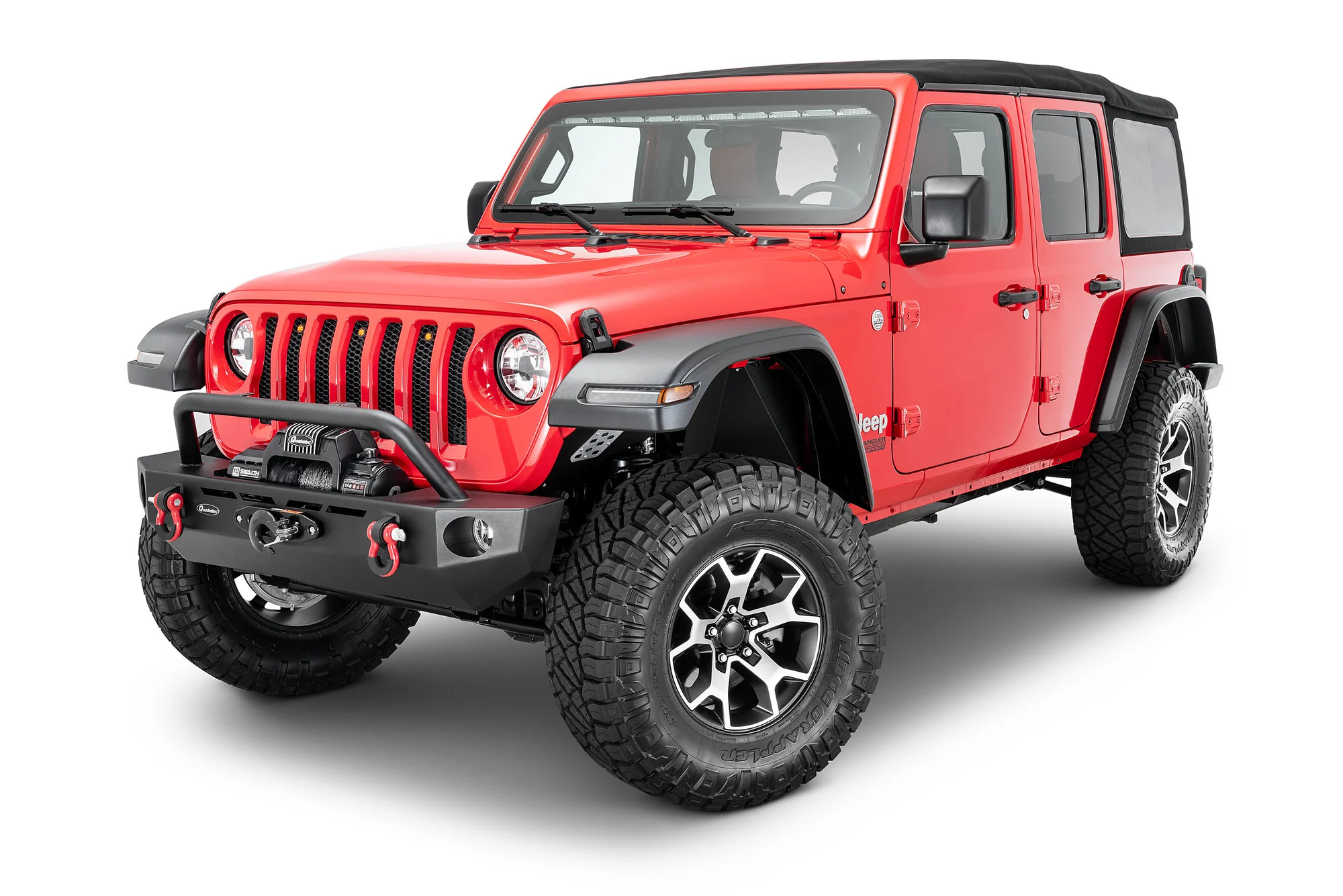
Fender Flare Modifications
As we said before, larger tires do need more room to perform — especially when off-roading. Changing out the vehicle’s wheels is one way to attain that space. New high-clearance fender flares are another. Sure, you could trim away some of your existing fender flares to accommodate larger tires, but in doing so you may be compromising performance.
Replacement flares, whether Quadratec Baja HD versions, Mopar, or some other setup, work well with suspension lifts to provide that necessary room while retaining strength, performance and protection.
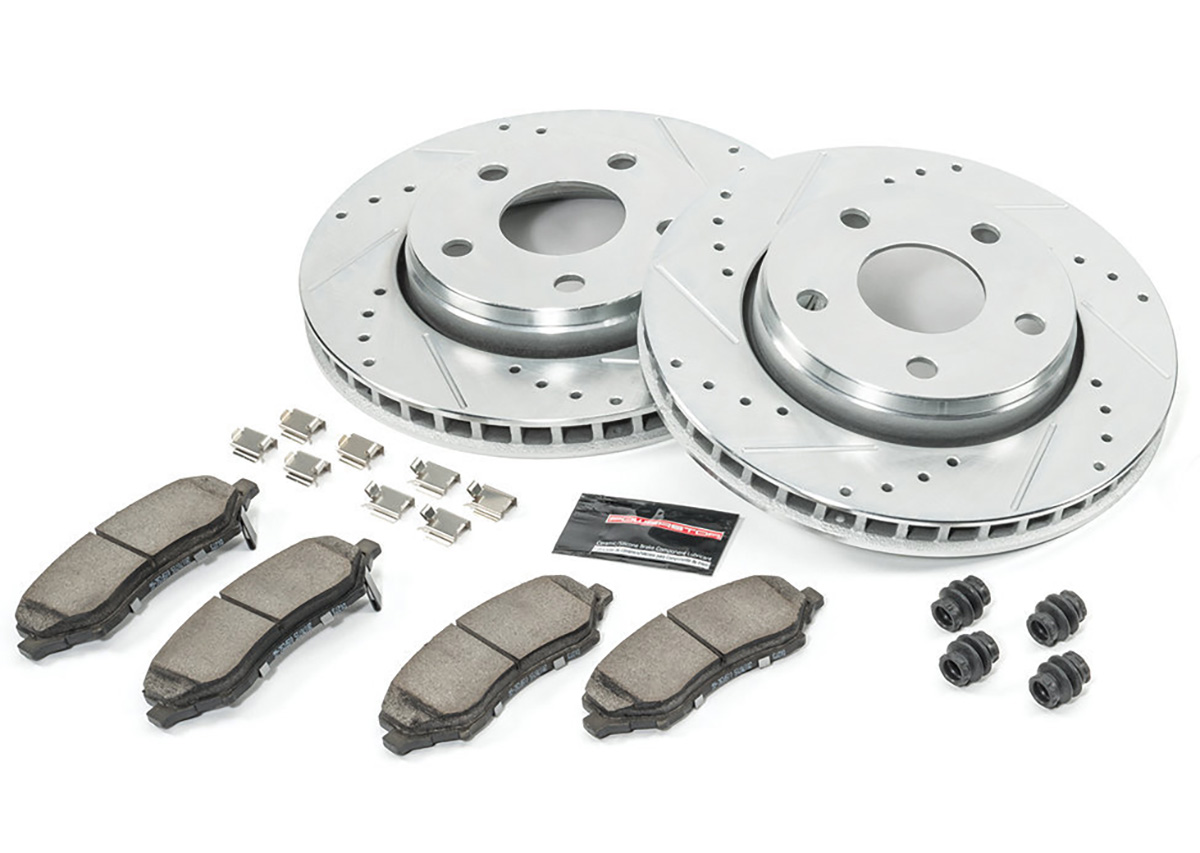
Brake Upgrades
You definitely can run stock brakes with larger tires, but over time, you’ll probably want to upgrade to a better braking system to maintain safe and effective stopping power. That’s because stock brakes work harder to stop larger tires, generating more heat, leading to brake fade and longer stopping distance.
Swapping out to a big brake conversion kit with larger rotors and calipers, along with high-performance brake pads, will help ensure that your braking system can handle the added demands of larger tires without sacrificing safety.
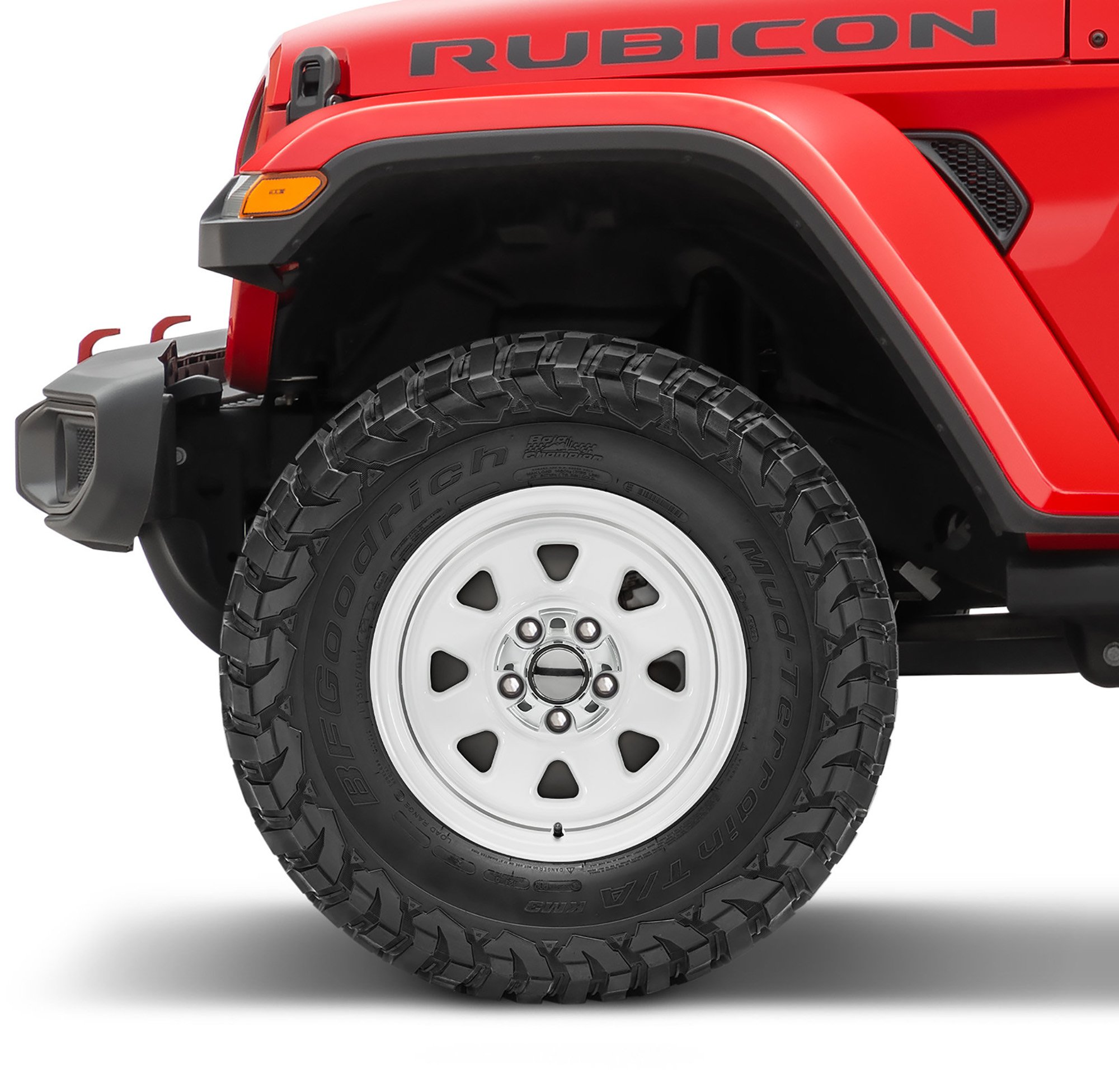
Wheels
When you are swapping out your Jeep’s tires to a larger size, it also makes sense to add new wheels to the process as well. Aftermarket wheels are normally lighter than stock versions and have better offset and backspacing, which means they push the tires out more from the body. This eliminates any tire rub against the inner fenders at full articulation and leads to better off-road performance
Other Articles That May Interest You:
2024 Great Smoky Mountain Jeep Invasion - Pigeon Forge, Tennessee













